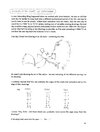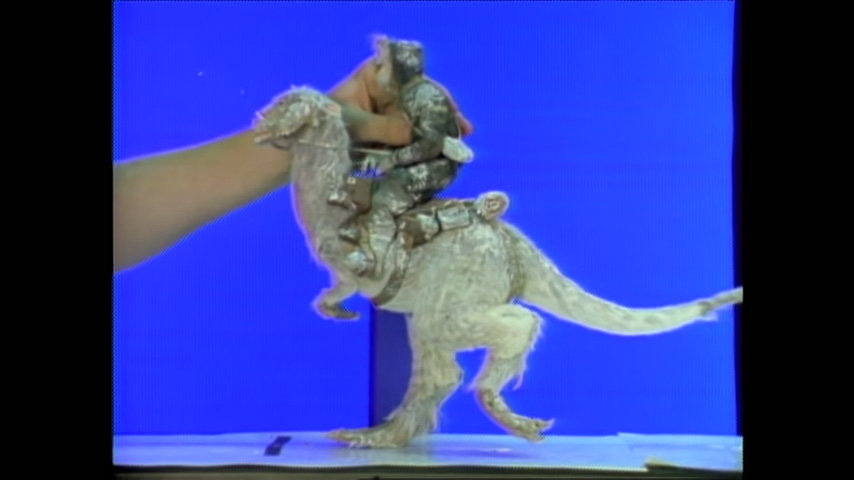Rechabneffo
New Member
Hey everyone, way back I bought Phil Tippett's notes from his process of stop motion animating the Tauntaun at a Propstore auction. I know it's not necessarily a prop, nor is it about building a prop, but considering the notes he takes and the excess of knowledge that goes into animating the famous Tauntaun running across the snowscape of Hoth I figured it was worth sharing anyways. All in all there are about 21 pages. I don't have a ton of time right now, so I'll just post the first 5 pages and see if people are interested enough for me to post the rest of them. Some interesting highlights is his focus on creature weight in the animation, the Ray Harryhausen roll, a deliberate choice to not follow a horse stride as a model, tail curve shape, and more.
Note 1
Note 2
Note 3
Note 4
Note 5
Note 1
Note 2
Note 3
Note 4
Note 5



